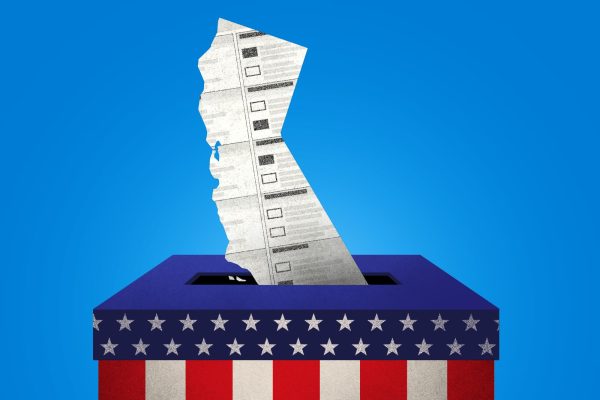Prices Continue to Rise Throughout the U.S.
Inflation reaches another 40-year high as the country continues to deal with supply chain shortages; President Biden says Russia is partly to blame.
This month’s inflation report released by the Bureau of Labor Statistics records an inflation rate of 8.5% year-on-year, a 1.2% increase from February’s report.
The most dramatic price increase was seen in the gasoline index, where prices rose 18.3% in March and 32% throughout the last year. According to the Bureau of Labor Statistics, the rise in gasoline prices “accounted for over half of the all items monthly increase.”
Food prices also saw a 1% increase within the last month, totaling an 8.8% increase year-to-year.
While most prices continued to rise, the cost of used cars and trucks decreased by 3.8% throughout the month.
The Producer Price Index (PPI) also rose by 11.2% year-to-year, which is a potential signal for more inflation. An article from Investopedia says, “Because it measures price changes before they reach consumers, some analysts see it as an earlier prediction of inflation than the CPI.”
President Joe Biden attributes most of this month’s inflation to the Russia-Ukraine conflict, as he referred to the price increases as “Putin’s price hike”.
Biden said in a statement, “What people don’t know is that 70 percent of the increase in inflation was the consequence of Putin’s price hike because of the impact on oil prices. Seventy percent.”
In efforts to curb inflation, the Federal Reserve has increased interest rates by 0.25% as of mid-March, the first increase since December 2018. According to CNBC, “the committee also penciled in increases at each of the six remaining meetings this year, pointing to a consensus funds rate of 1.9% by year’s end.”
Historically, increases in interest rates lead to slower economic growth, posing challenges to the Federal Reserve as they try to rein in inflation without causing the economy to contract.
In fact, some economic analysts believe that the economy is at greater risk of recession as interest rates go up.
According to an article from Bloomberg, Goldman Sachs assessed a 35% chance of recession in the US within the next couple of years.
In further efforts to reduce the impact of increased gas prices, President Biden approved the use of E15 gasoline. While the gas has a higher ethanol blend than the traditional E10 gasoline, Biden believes it’s a necessary move to help Americans.
“It’s not going to solve all our problems, but it’s going to help some people. And I’m committed to do whatever I can to help — even if it’s an extra buck or two in their pockets as they fill up — to make a difference in people’s lives,” he said.
In addition, Biden reversed his previous decision and approved leases to drill on public land to increase oil production in the US. ABC reports, “The administration was set to start selling leases for drilling on public lands — putting 144,000 acres of lands up for lease in nine states as soon as Monday –”
The decision comes nearly a month after he announced a halt on Russian oil imports, which led to sharp spikes in gas prices throughout the US.
The increase in domestic oil production is a part of Biden’s effort to lower gas prices and alleviate the burden on American families.










